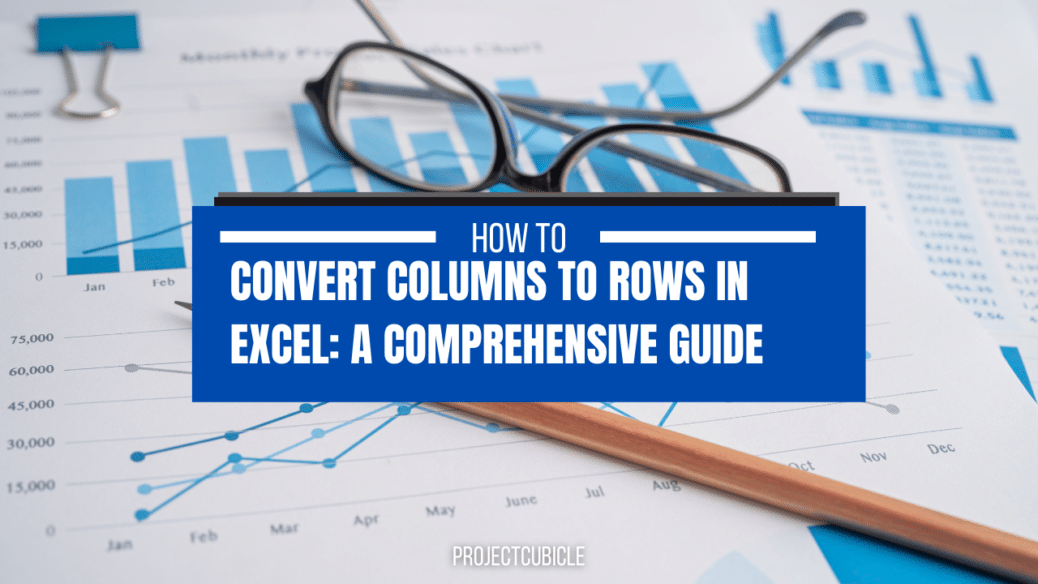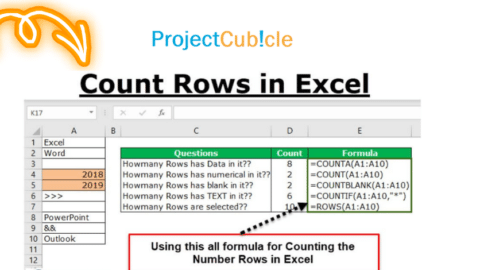Count Function in Excel: A Comprehensive Guide for Beginners
If you’re looking for a quick and easy way to count cells in Excel, the COUNT function in Excel is the perfect tool for you. The COUNT function is one of the most frequently used functions in Excel, and it’s incredibly simple to use. In this article, we’ll cover everything you need to know about the COUNT function, including how to use it, when to use it, and some advanced tips and tricks.
Table of Contents
Table of Contents
- What is the COUNT function?
- How to use the COUNT function in Excel
- COUNT function syntax
- COUNT function examples
- Example 1: Basic COUNT function
- Example 2: COUNTIF function
- Example 3: COUNTIFS function
- Example 4: COUNTBLANK function
- Advanced tips and tricks for using the COUNT function
- Common errors with the COUNT function
- When to use the COUNT function
- Conclusion
- FAQs
1. What is the COUNT function?
The COUNT function is an Excel function that counts the number of cells in a range that contain numerical values. It can also count the number of cells in a range that contain text, logical values, or errors. The COUNT function is commonly used to calculate the total number of values in a range or to determine how many cells in a range meet specific criteria.
2. How to use the COUNT function in Excel
Using the COUNT function in Excel is easy. First, select the cell where you want the result to appear. Then, type “=COUNT(” and select the range of cells that you want to count. Finally, close the parenthesis and press Enter. The result will appear in the selected cell.
3. COUNT function syntax
The COUNT function has the following syntax:
=COUNT(value1, [value2], ...)
- value1: Required. The first value or range of cells to count.
- value2, …: Optional. Additional values or ranges of cells to count.
4. COUNT function examples
Let’s look at some examples to see how the COUNT function works.
Example 1: Basic COUNT function
Suppose you have a range of cells that contains numerical values. To count the number of cells that contain values, use the following formula:
=COUNT(A1:A10)
This formula will count the number of cells in the range A1:A10 that contain numerical values.
Example 2: COUNTIF function
Suppose you have a range of cells that contains both numerical and text values. To count the number of cells in the range that contain a specific text value, use the COUNTIF function. For example, to count the number of cells in the range A1:A10 that contain the text “apple”, use the following formula:
=COUNTIF(A1:A10,"apple")
Example 3: COUNTIFS function
The COUNTIFS function allows you to count cells based on multiple criteria. For example, to count the number of cells in the range A1:A10 that contain the text “apple” and have a value greater than 5, use the following formula:
=COUNTIFS(A1:A10,"apple",A1:A10,">5")
Example 4: COUNTBLANK function
The COUNTBLANK function counts the number of cells in a range that are blank. For example, to count the number of blank cells in the range A1:A10, use the following formula:
=COUNTBLANK(A1:A10)
5. Advanced tips and tricks for using the COUNT function
Here are some advanced tips and tricks for using the COUNT function in Excel:
- To count cells based on multiple criteria, use the COUNTIFS function.
- To count cells that meet either of two criteria, use the SUMPRODUCT function with the — (double negative) operator. For example, to count cells in the range A1:A10 that contain the text “apple” or “orange”, use the following formula:
=SUMPRODUCT(--((A1:A10="apple")+(A1:A10="orange")))
- To count cells that are not blank, use the COUNTA function. For example, to count the number of non-blank cells in the range A1:A10, use the following formula:
=COUNTA(A1:A10)
- To count cells that contain specific text or values, use wildcards in the COUNTIF or COUNTIFS function. For example, to count cells in the range A1:A10 that contain any text that starts with “app”, use the following formula:
=COUNTIF(A1:A10,"app*")
6. Common errors with the COUNT function
The most common error with the COUNT function in Excel is using it to count cells that contain errors. The COUNT function counts cells that contain numerical values, text, or logical values, but it does not count cells that contain errors. To count cells that contain errors, use the COUNTIF function with the error value as the criterion. For example, to count cells in the range A1:A10 that contain the #DIV/0! error, use the following formula:
=COUNTIF(A1:A10,"#DIV/0!")
7. When to use the COUNT function
The COUNT function in Excel is useful whenever you need to count cells in a range that meet specific criteria. It’s commonly used to calculate the total number of values in a range or to determine how many cells in a range meet specific criteria, such as containing a specific text or value.
8. Conclusion
In this article, we’ve covered everything you need to know about the COUNT function in Excel. We’ve discussed what it is, how to use it, some examples, advanced tips and tricks, common errors, and when to use it. With this knowledge, you should be able to use the COUNT function to count cells in Excel with ease.
9. FAQs
- What is the difference between COUNT and COUNTA functions in Excel?
- The COUNT function counts cells that contain numerical values, text, or logical values, but not cells that contain errors or are blank. The COUNTA function counts cells that contain any type of value, including errors and blanks.
- Can the COUNT function in Excel count cells based on multiple criteria?
- No, the COUNT function in Excel can only count cells based on one criterion. To count cells based on multiple criteria, use the COUNTIFS function.
- How do I count cells that contain specific text in Excel?
- Use the COUNTIF function with the text value as the criterion. For example, to count cells in the range A1:A10 that contain the text “apple”, use the following formula: =COUNTIF(A1:A10,”apple”)
- Can the COUNT function in Excel count cells that contain errors?
- No, the COUNT function does not count cells that contain errors. Use the COUNTIF function with the error value as the criterion to count cells that contain errors.
You can read How to Control Charts in Excel: A Comprehensive Guide to learning more about Excel. You can also check the other content.
Hello, I’m Cansu, a professional dedicated to creating Excel tutorials, specifically catering to the needs of B2B professionals. With a passion for data analysis and a deep understanding of Microsoft Excel, I have built a reputation for providing comprehensive and user-friendly tutorials that empower businesses to harness the full potential of this powerful software.
I have always been fascinated by the intricate world of numbers and the ability of Excel to transform raw data into meaningful insights. Throughout my career, I have honed my data manipulation, visualization, and automation skills, enabling me to streamline complex processes and drive efficiency in various industries.
As a B2B specialist, I recognize the unique challenges that professionals face when managing and analyzing large volumes of data. With this understanding, I create tutorials tailored to businesses’ specific needs, offering practical solutions to enhance productivity, improve decision-making, and optimize workflows.
My tutorials cover various topics, including advanced formulas and functions, data modeling, pivot tables, macros, and data visualization techniques. I strive to explain complex concepts in a clear and accessible manner, ensuring that even those with limited Excel experience can grasp the concepts and apply them effectively in their work.
In addition to my tutorial work, I actively engage with the Excel community through workshops, webinars, and online forums. I believe in the power of knowledge sharing and collaborative learning, and I am committed to helping professionals unlock their full potential by mastering Excel.
With a strong track record of success and a growing community of satisfied learners, I continue to expand my repertoire of Excel tutorials, keeping up with the latest advancements and features in the software. I aim to empower businesses with the skills and tools they need to thrive in today’s data-driven world.
Suppose you are a B2B professional looking to enhance your Excel skills or a business seeking to improve data management practices. In that case, I invite you to join me on this journey of exploration and mastery. Let’s unlock the true potential of Excel together!
https://www.linkedin.com/in/cansuaydinim/










